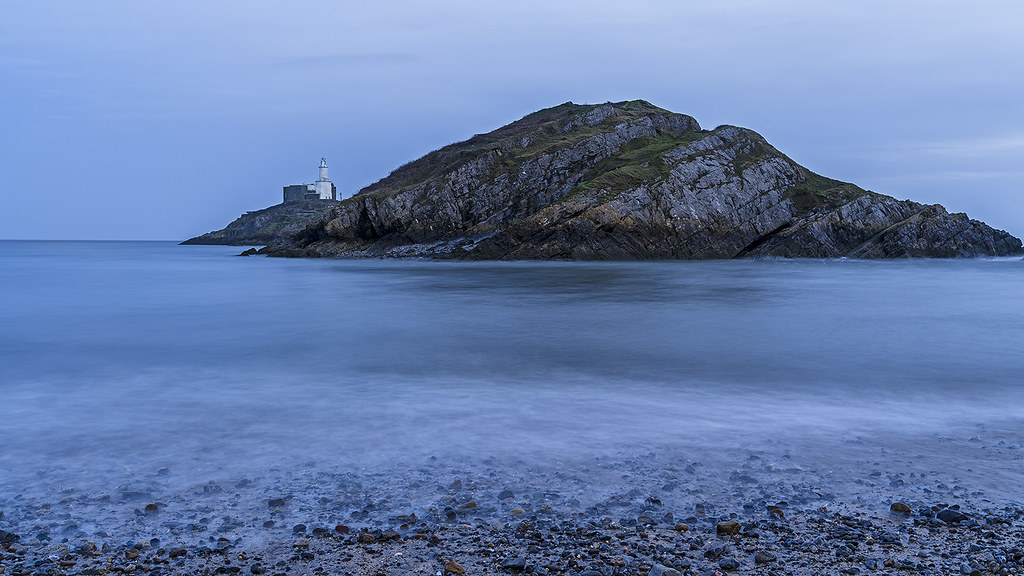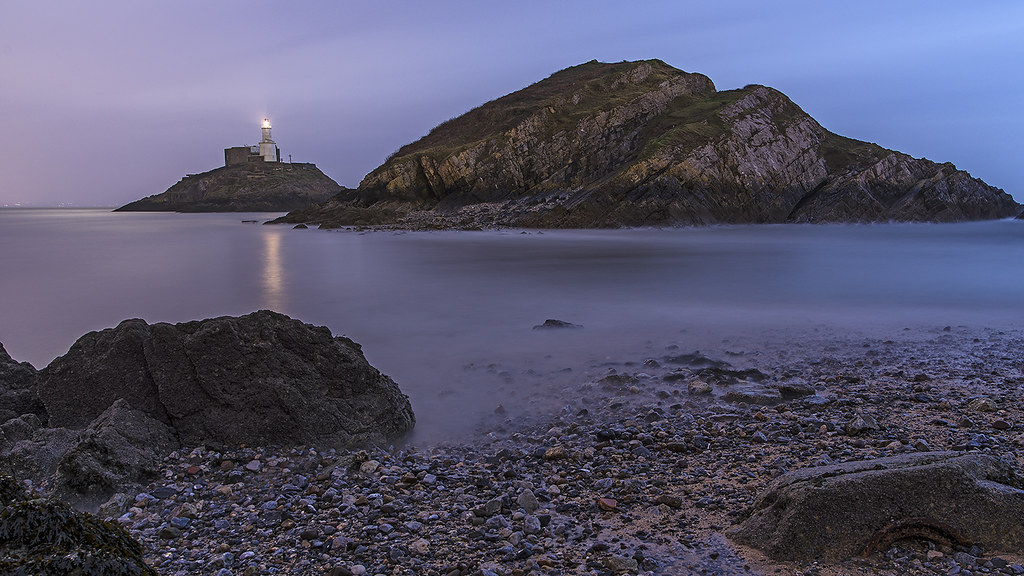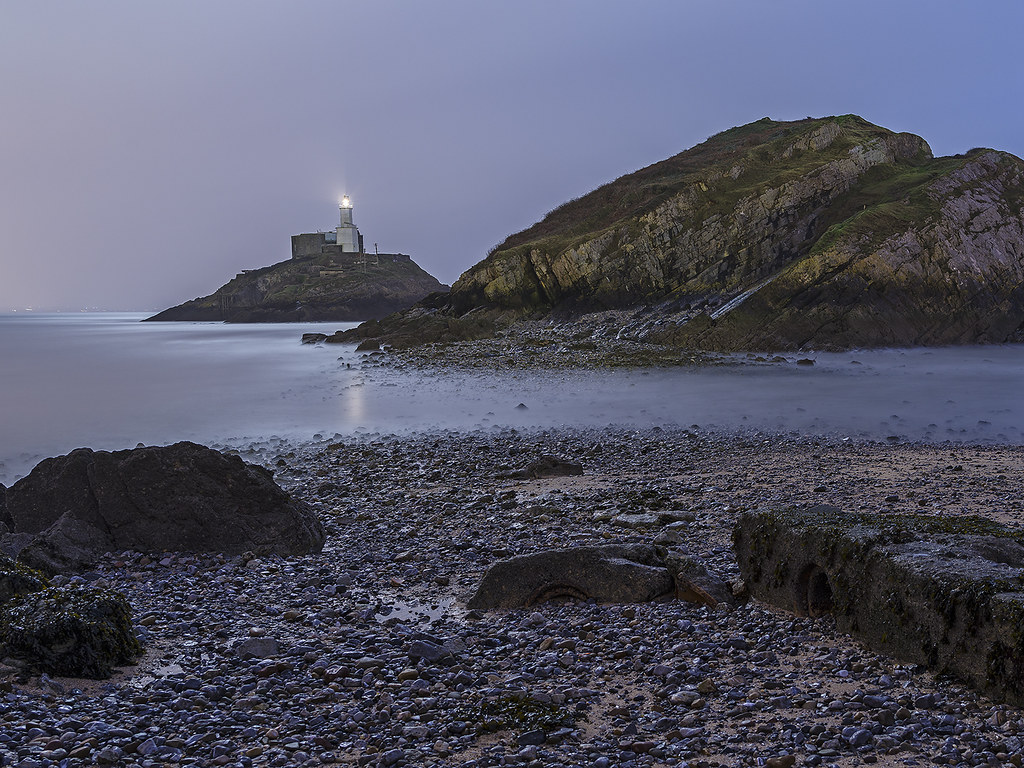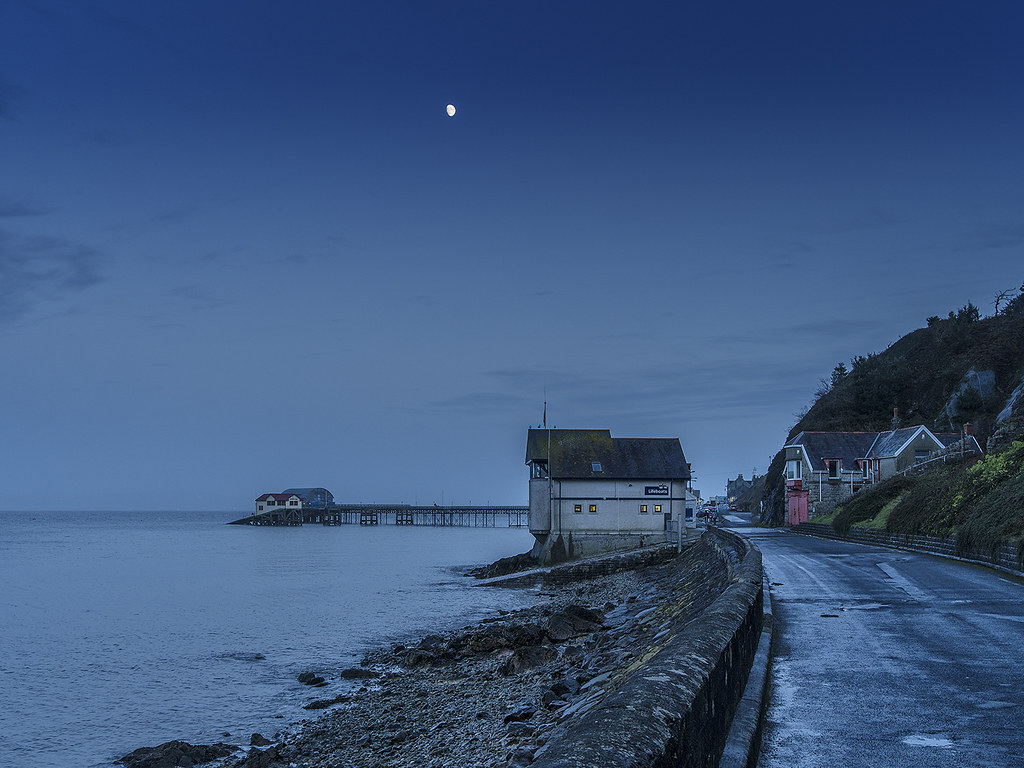Thanks. I knew what I was going to do with no 4 when I took the shot. The advantage of the DR of the 645Z is that I have the flexibility to massively underexpose and still have the detail I want.
But perhaps recovered just a little too much?
First I like the photo and this is not any criticism on your editing, it's just an alternative viewpoint. I only seek to highlight differences and we see differences in images best when they are next to each other (or one after another), we don't see them if we look at the images in isolation. I do not claim that either is correct, only that they are different.
Something I think we as photographers are guilty of is that we tend to apply edits and processing to our images that are a result of how we think things should be. That are a result of the logical framework that we impose and not the result of observation. This is not the result of a conscious decision but one of being lazy with our vision, we look but don't always see.
How many of us compulsively recover detail in the shadow? I say this because it's an example of imposing a framework of logic that's independent of the image, you always make the decision to raise the shadows before you really look at the image. How many of us think that images should be sharp from corner to corner? You apply this logic and you impose this order on your images before you look.
Again it's not really a conscious thing, it's borne of lazy vision. We look but we don't always see. When raising the shadows for example do you do it in full understanding of the way the scene is lit? I doubt it, normally you will see it from your (the observer's) viewpoint and subconsciously you will be seeing the shadows as lit from that viewpoint, you want to see the detail from where you're standing.
Colour as well sometimes fails the test. Not only do we not see colour casts, (such are the tricks that our eyes can play on us when we view things in isolation), but we also try to force colour and balance, sometimes "added punch", on an image where it doesn't exist in the scene.
We fail to notice the inconsistencies we introduce with the way the scene is lit. When we as photographers view the image we also do it by imposing often the very same framework on an image because it is borne from a knowledge and familiarity of using the same editing tools. We fail to see it as an independent observer, as someone who only has knowledge of looking at moonlit scenes.
The trouble is that because the framework of logic we impose comes as a pre-condition of our minds and not through observation it tends to be fairly inflexible. We impose the same order on all our images, we tend to equalise our images to a common norm and in a way they begin to look similar.
Moonlit shots are tough in colour because they are lit by moonlight, (drum roll - tar rah - insight of the month

) But seriously, how many of us have considered the nature of moonlight when editing? Moonlight has a serious colour cast, it is made up of a limited number of wavelengths and not the full spectrum of light. There is very little red, yellow, or green in it so red objects can appear near black, yellow is seriously darkened and green appears more cyan. Do we reflect this or automatically assume to add bright vibrant colour without thinking?
By raising the shadow values so you can see them from your viewpoint we over-ride the obvious light source included in the picture. We equalise the values between light and shadow and because the buildings are lighter relative to the reflected light off the wet road the road appears to reflect less light.
Composition wise I like that you've used thirds to go beyond just placing the horizon line, but use the delineation of thirds to add repeating rhythm both horizontally and vertically. The edges of the buildings mark the rhythm of horizontal distance and the smooth gradation in the sky makes your upper vertical third.
I offer these side by side just to highlight that they are different and offer a different interpretation of moonlight:
View attachment 113320
View attachment 113323
 Mumbles by moonlight-3 copy by singingsnapper, on Flickr
Mumbles by moonlight-3 copy by singingsnapper, on Flickr Mumbles by moonlight-2 copy by singingsnapper, on Flickr
Mumbles by moonlight-2 copy by singingsnapper, on Flickr Mumbles by moonlight copy by singingsnapper, on Flickr
Mumbles by moonlight copy by singingsnapper, on Flickr Mumbles by moonlight-3 copy by singingsnapper, on Flickr
Mumbles by moonlight-3 copy by singingsnapper, on Flickr Mumbles by moonlight-2 copy by singingsnapper, on Flickr
Mumbles by moonlight-2 copy by singingsnapper, on Flickr Mumbles by moonlight copy by singingsnapper, on Flickr
Mumbles by moonlight copy by singingsnapper, on Flickr
 Mumbles by moonlight-5 copy
Mumbles by moonlight-5 copy Mumbles by moonlight-4 copy
Mumbles by moonlight-4 copy


![[No title]](/data/xfmg/thumbnail/39/39192-04c5ebace34cd7a5fdf0ddd1f70db4c7.jpg?1734173068)




![[No title]](/data/xfmg/thumbnail/36/36664-a1f71b488f6761523649a87f8465fc3d.jpg?1734169172)


![[No title]](/data/xfmg/thumbnail/35/35265-c9ea3efd2c618a57ea136e63ad106880.jpg?1734166927)